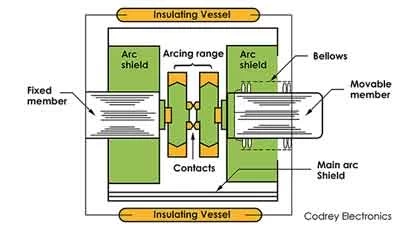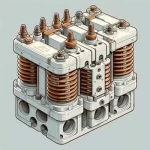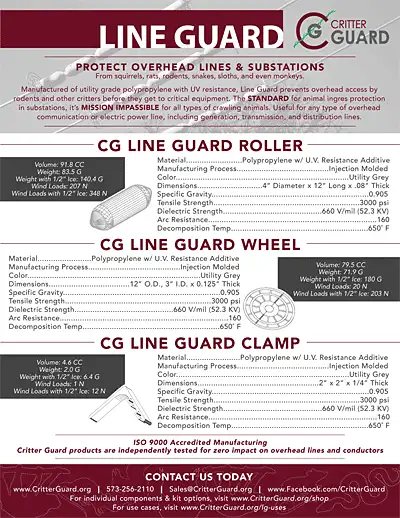Alternative Gases to SF6 for Green Applications
Sulfur Hexafluoride (SF6) has been widely used in the electrical industry for its excellent insulating and arc-quenching properties, facilitating the operation of circuit breakers in a variety of conditions. However, its potent greenhouse gas effects and long atmospheric lifetime have prompted...



















